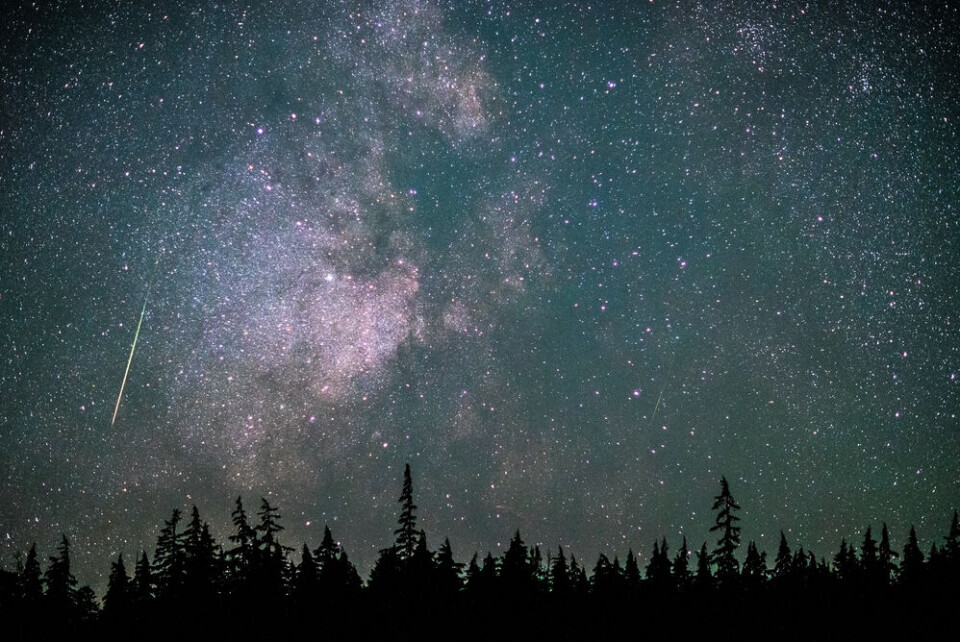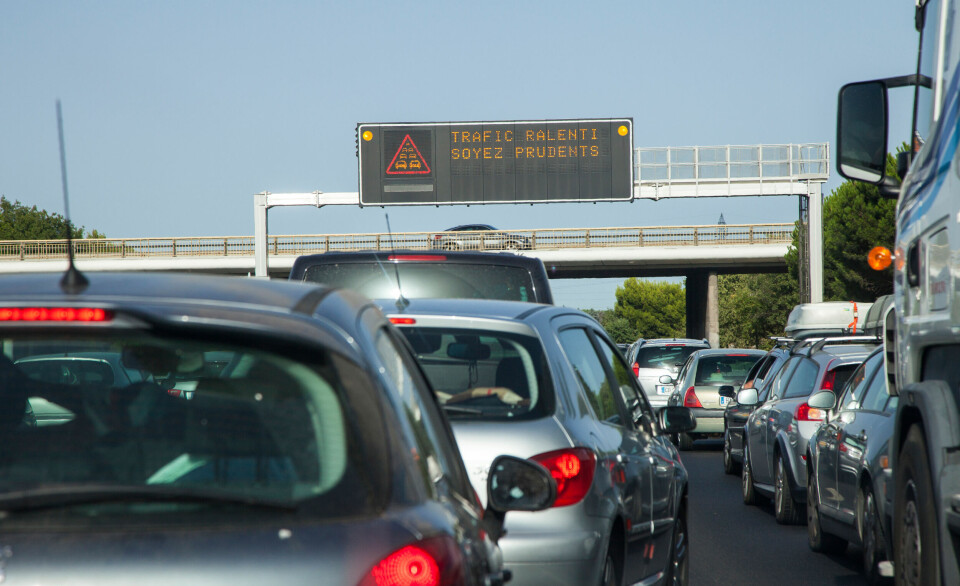-
SFR customers in France warned to be vigilant following cyberattack
Data from potentially millions of customers were taken following data breach
-
Festive travel reminder for residency card holders as new border checks expand in France
The EU’s Entry/Exit System is being rolled out progressively
-
Road blockades by farmers continue on Monday despite call for Christmas truce
A meeting between local union leaders and officials in Toulouse will determine pre-Christmas blockades
Great balls of fire: How to watch the Perseids in France this weekend
The ‘shooting stars’ will hit their peak in the night sky this Saturday, August 12

The peak of the Perseids meteor shower will be visible from France this weekend. Here is how to get the best view.
What is the Perseids meteor shower?
The meteors are small debris parts from the Swift-Tuttle comet, which comes close to the Earth every 133 years.
Our planet’s orbit goes through the comet’s debris tail every year between July 17 and August 24, which produces an effect of ‘shooting stars’ as the debris slams into the Earth’s atmosphere and burns up.
Some of the meteors may even appear as ‘fire balls’, which are very bright.
The Perseids shower is visible from all over the world, but especially from the northern hemisphere. The ‘meteor shower’ refers to the ‘shower’ appearance of the shooting stars as they appear to cross the sky.
Up to 100 shooting stars per hour can be visible during the shower’s peak, overnight on August 12-13.
The shower is called ‘Perseids’ because the meteors appear to come from the Perseus constellation. Perseus was a hero figure from Greek mythology. The word comes from the Greek ‘Perseides’, which refers to Perseus’ descendants, explains the Royal Museums Greenwich.
How can I see the Perseids?
The best place to see the highest number of shooting stars is to look directly below the constellation Cassiopeia, which is in the form of a ‘W’ in the northeast quadrant of the sky just after midnight (in France).
The US Space agency NASA advises people to:
- Find a dark area to lie down, between midnight and dawn
- Point your feet towards the northeast, and look straight upwards into the sky
- Give your eyes 15 minutes to adjust to the view and let your eyes see even the faintest meteors, which means not looking at sources of light (including your smartphone)
The darker the space, the better your view. It is best to go to an area of land away from town or city lights, or other sources of light pollution.
The peak of the shower will occur one hour before dawn on August 12-13, NASA said. You can check sunrise (and sunset) times near you in France on this free website.
There is no need for a telescope or binoculars as the wider your field of vision, the more you will see. The shooting stars will be clearly visible (weather permitting).
This year, the conditions are favourable to a good view. This is because only 7% of the Moon is currently visible from France, so it will give off minimal light pollution.
Some places, including the Cité de l’Espace near Toulouse (Occitanie), are hosting events in honour of the shower and to help people view it properly.
EVENEMENT//⭐La Nuit des étoiles propose une traduction en Langue des Signes Françaises:
— Cité de l'espace (@CiteEspace) August 7, 2023
🔭20h15 Anim "Le ciel à portée de main"
🔭21h Spectacle "Cabaret Cosmic"
🔭22h15 Anim "Découvertes célestes"
🔽Infos🔽https://t.co/TS52OLmxCf
🔽Inscriptions🔽https://t.co/spEbopwPhB pic.twitter.com/Q5QDIdWXgg
The Perseids shower will continue until the end of August, and will also be particularly visible overnight on August 16, when a new Moon cycle will mean no moonlight pollution.
Sadly, even the best viewing spot will not change the weather. Cloud cover will obstruct your view, so it is best to check the forecast before you head out.
Read also
‘Enchanted’, ‘amazing’: Your memories of the Perseids shooting stars
Look up to the French skies tonight for the last super moon of 2022
























